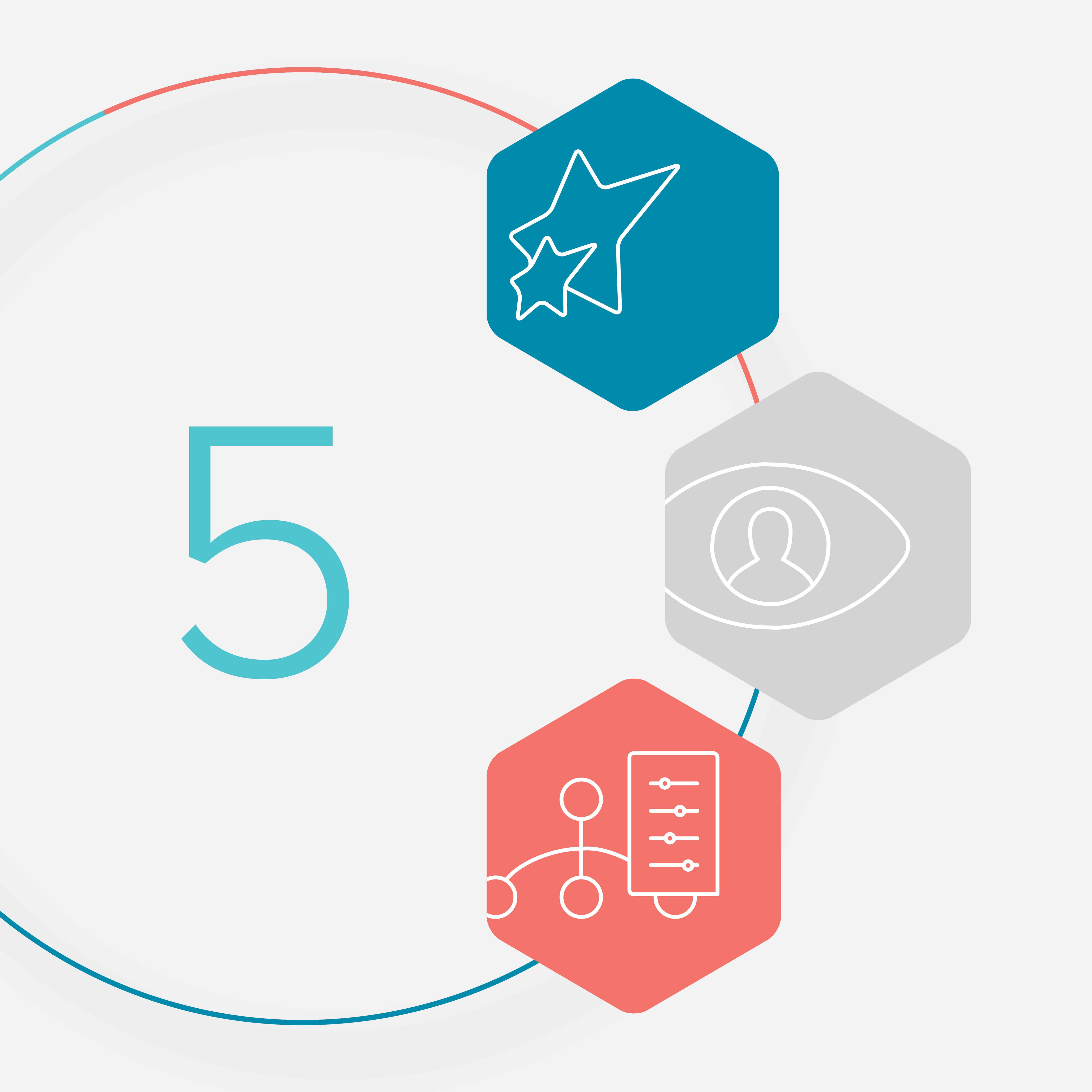The unexpected disruption from COVID-19 has prompted many companies to revisit their business continuity plans. Now that we’ve seen disruption on such a massive scale, organizations have discovered a renewed sense of urgency for business continuity. But while business continuity plans are vital to success in an uncertain environment, business resilience looks beyond plans to build a culture of agility.
What’s the difference between business resilience and continuity? Business continuity refers to a company’s ability to maintain business operations in the face of an unexpected disruption. Business resilience, on the other hand, is much broader and more strategic. The International Organization for Standardization (ISO) defines business resilience as “the ability of an organization to absorb and adapt in a changing environment to enable it to deliver its objectives and to survive and prosper.”. ISO 27001 certification, specifically focusing on information security management, plays a vital role in enhancing both business resilience and continuity by ensuring robust measures are in place to protect critical data assets during disruptions.
Here are five ways to instill business resilience vs. business continuity alone into your workforce DNA.
Lean Into a Shared Organizational Vision
When cultivating business resilience vs. business continuity alone, your company’s mission, vision, and values play a much more important role. Business resilience is a cultural phenomenon, whereas business continuity is primarily operational. In order for employees to adapt to change while still delivering business objectives, they need to be aligned on what those objectives are.
A shared vision, communicated with clarity, can provide important context to inform decision-making across the company. When your workforce is aligned on the organization’s desired strategic outcomes, it becomes easier to pivot processes and revise plans. Employees can move past “business as usual” to embrace their own role in driving forward momentum.
When employees understand the company’s larger objectives, they can work with their managers to set individual priorities that drive the company’s desired results and organizational resilience. Armed with a shared vision, employees can propose more innovative processes to help the organization achieve its strategic priorities.
Goal alignment software can help employees gain a better sense of their role and purpose within the company. Inputting the company’s priorities and outlining who’s responsible for them encourages leaders to be more transparent about strategic objectives. Employees can see their work within the larger context.
That depth of perspective empowers employees, from the C-suite to the front lines, to drive business results.
Anticipate Potential Disruptions
Scenario planning is a basic component of continuity planning. But the scope of scenario planning is a primary difference between business resilience and business continuity. An organization fostering business resilience doesn’t just set and forget continuity plans. It remains vigilant to change, which is always top of mind.
Look at all of the relevant social, political, and economic forces at play right now. What are some potential outcomes? And what impact might those outcomes have on your business processes? If you can anticipate external disruptions, you can make judgments about their impact on your business.
Look at previous examples to gain a sense of the impact a situation might have. The COVID-19 crisis also ushered in an economic crisis, for example. To anticipate its long-term effects, look back at how the 2008 recession affected your company or one similar to yours.
Or look at the social climate. Consumers are more likely than ever to shop for their values. Awareness of social injustices in the workplace is increasing, fueled by sites like Glassdoor and LinkedIn where employees can share their stories. Many people are demanding better pay and safer working conditions. What can you do to attract talent in this social climate?
Consider the impact that a disruptive event could have on the viability of your business plan, especially your large-scale organizational priorities. Are those priorities likely to change given your scenario planning analysis?
You never know where your best, most innovative ideas will come from, so try to keep your workforce informed regarding current and anticipated challenges.
Define New Leadership Competencies
A significant difference between business resilience and business continuity is long-term influence. Succession planning is an important part of both business resilience and continuity, but business resilience takes a more comprehensive look at the nature of leadership in a changing world.
Beyond identifying individual leadership candidates, you must reassess the qualities that make a good leader in a changing environment. For example, leaders in a virtual or hybrid workplace must be agile, quick to adapt, and effective communicators.
As you anticipate potential disruptions through your scenario planning meetings, consider the traits that would make an effective leader in that environment. Important evergreen traits in an uncertain work environment include agility, curiosity, adaptability, and openness to new ideas. These traits are even more important in leaders designing new learning and development programs for the workforce.
Once you’ve defined leadership competencies that drive resilience, then you can begin traditional succession planning processes by assessing high-potential employees for future-ready traits and behaviors. Your business is only as good as its people, and the single greatest factor in performance is effective leadership.
Empower Increased Internal Mobility
Another difference between business resilience and business continuity is proactive talent management. Business resilience unlocks the power of the workforce through improved access to talent. To do that, you must make it easier for employees to move within the organization.
Make your job architecture more visible to employees. Your goal alignment software can help you lay this out in an easy-to-comprehend format. Empower employees by letting them see their options for internal mobility across the organization, especially options beyond moving into a management role in their department.
Assign specific competencies to each role. This will help employees identify where they can make the biggest contribution to the company. As part of your performance management and succession planning, invest in assessments to determine your workforce’s greatest strengths. Doing so enables you to move employees around within the company and ensure each function has the traits and skills it needs.
Develop channels for employees to cross-train. This creates a more versatile workforce and unleashes employee potential across the company. And, as employees learn more about what their colleagues do, they’ll discover a better sense of their own purpose and role within the company.
Reassess Risks and Redirect Resources
The main difference between business resilience vs. business continuity is an ongoing strategic commitment to risk assessment and risk management. Business continuity planning meetings might be confined to once a quarter or even once a year. Business resilience, on the other hand, requires companies to monitor potential challenges as part of their daily processes.
Encourage individual managers to monitor the potential impacts of external factors on their departmental objectives, outcomes, and operational resilience. Foster anticipation of and response to change as an organizational muscle. Consistently revisit your scenario plans and potential challenges at every level of decision-making.
By prioritizing business resilience vs. business continuity alone, your company can thrive in a constantly changing world. Building agility into your organizational DNA enables employees to think on their feet and empowers leaders to anticipate and remove roadblocks to their success.







